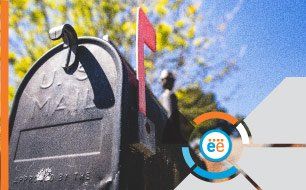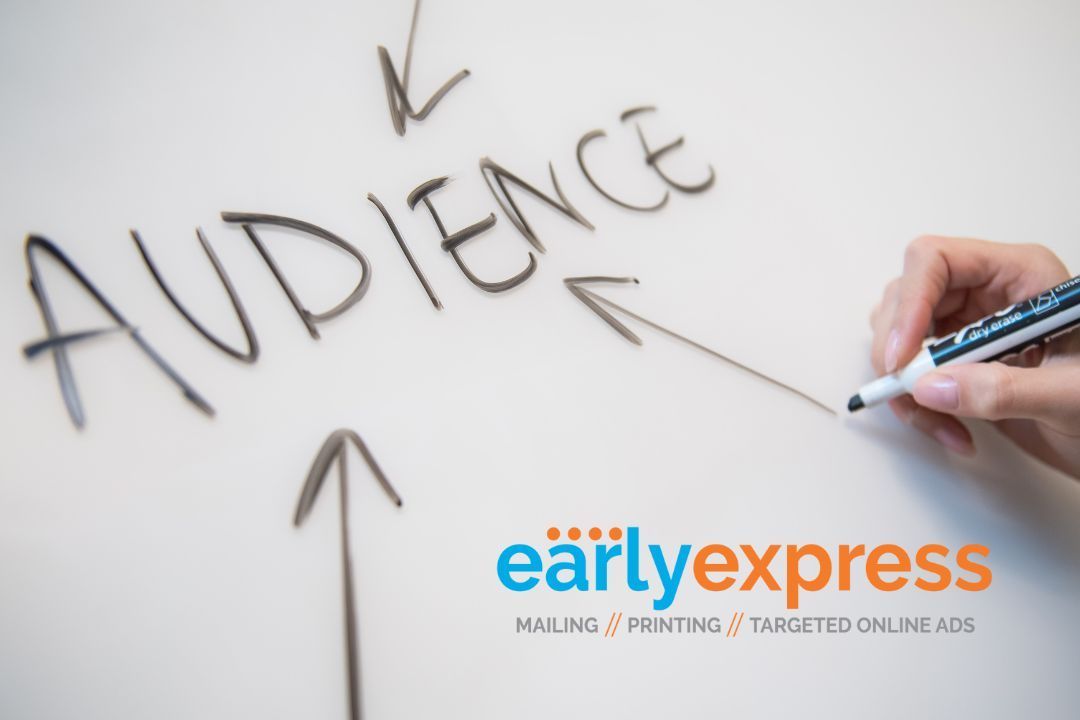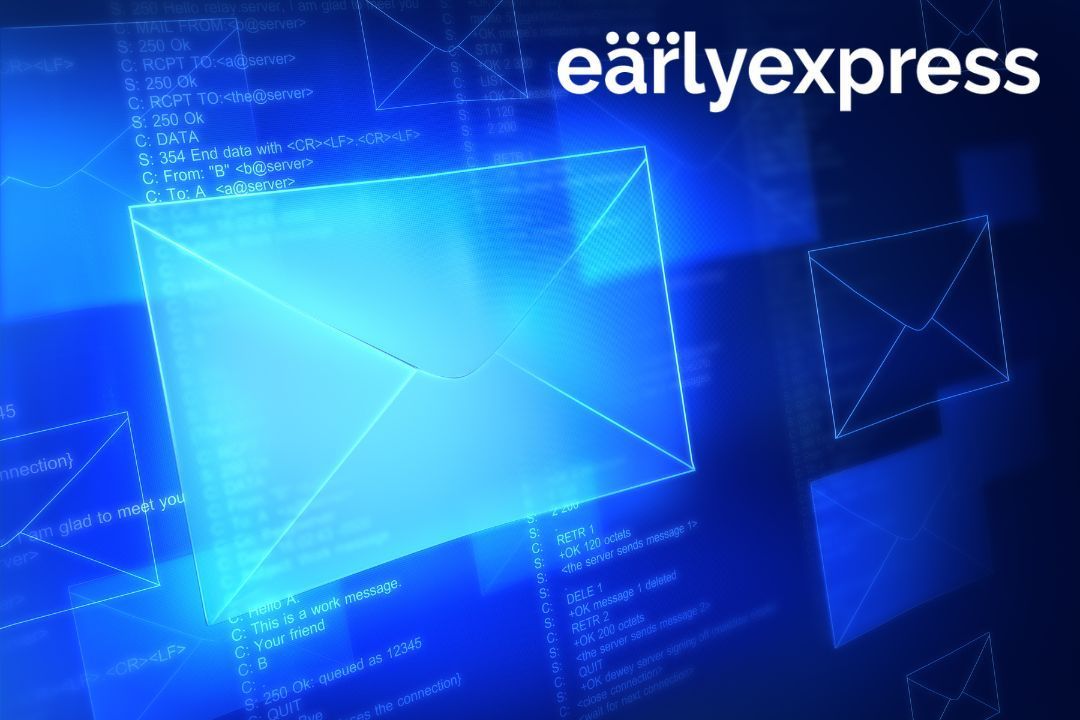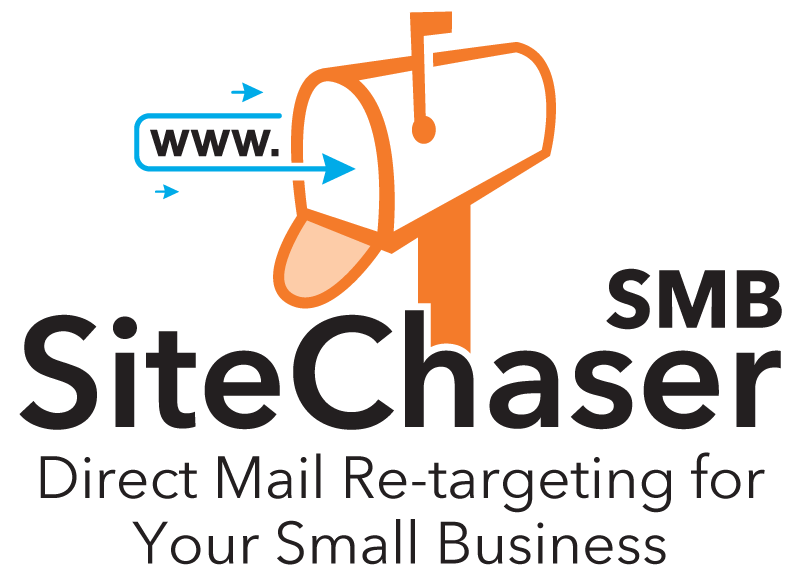What marketing materials does your capital campaign need?
Non-Profit capital campaign tips and advice
For a lot of nonprofits, capital campaigns are a critical part of business. The funds raised from a capital campaign can be used towards interest on a loan or mortgage, or even used to provide an endowment fund for the next generation of constituents. Regardless of what your nonprofit does with the funds, capital campaigns can be daunting and overwhelming. They tend to disrupt the routine of the office and the entire organization may feel the strain of the extra effort required for a year, two years or more, depending on the size of the campaign.
However, capital campaigns have a lot of great benefits, which can offset the amount of work required. In addition to raising funds for an important organizational need, like a building, they can also strengthen the company’s infrastructure, obtain volunteers from the local community and increase public awareness.
What marketing materials do you need?
Marketing materials help spread the word about your capital campaign, so they play an important role. You want to choose materials that promote your fundraiser with the right information to give to donors. Here are three marketing materials we recommend for your capital campaign:
Pledge cards
A pledge card is a donation form that you can give to donors in-person or send via direct mail. You can use whatever size card you like, although we recommend postcards or letters with reply envelopes. They are big enough to house the information you need to include but small enough to easily pass out or fit neatly in someone’s mailbox.
When creating your pledge cards, make sure they match your capital campaign’s brand and have the slogan somewhere on the card. Since you’re using the card to collect donor’s information, you’ll need to include a place for their name, address, and payment information along with instructions on where or how they should return the card.
Digital IP Targeting follow up
With current technology advancements, non-profits are able to also serve IP advertising to potential donors that receive a direct mail piece. By using the direct mail piece for the personal touch and following up with the digital ads you are able to cover all avenues with the same messaging. This process gives the donor many different ways to support at their convenience.
Case for support
A case for support is another critical marketing piece containing details about your capital campaign and explaining how the funds will be used. You should include answers to the common questions donors will have about your project. When creating your case for support, choose a material that’s large enough to include all the important information. You can send your case for support out with your appeal letters or make it a resource donors can access on your website.
Brochures
Brochures are a great way to provide donors with bite-sized information on your capital campaign, including your donor giving levels, your incentives, and the different ways to give. Like your other marketing materials, your brochure should match your campaign’s brand so everything feels like one cohesive message.
Regardless of what marketing materials you choose for your capital campaign, make sure your messaging focuses on what your program accomplishes—on the kids you serve, the cancer patients you treat or the people whose rights you protect. This shows how your program is making a difference and the impact your work has, which is always more compelling. Early Express offers full-service marketing solutions to help you create an effective capital campaign that resonates with donors.











